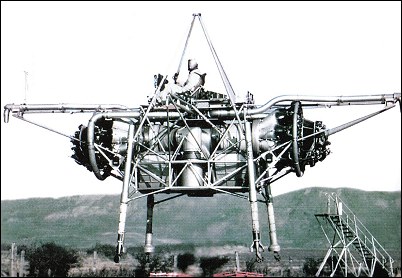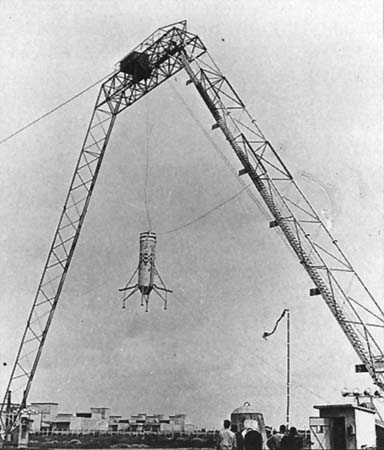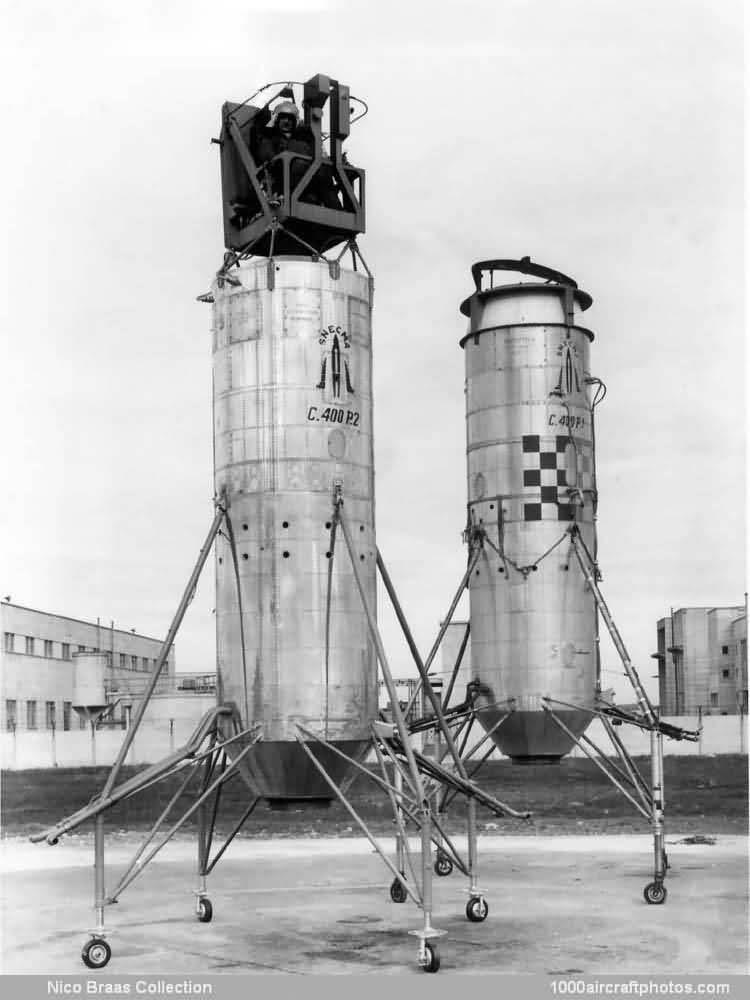UFOs over Afghanistan? Flying Bottles?
In the famous "Studies in Intelligence" article "A Die-Hard Issue: CIA's Role in the Study of UFOs, 1947-90," Agency historian Gerald Haines states that
Mounting reports of UFOs over eastern Europe and Afghanistan also prompted concern that the Soviets were making rapid progress in this area. CIA officials knew that the British and Canadians were already experimenting with "flying saucers." Project Y was a Canadian-British-US developmental operation to produce a nonconventional flying-saucer-type aircraft, and Agency officials feared the Soviets were testing similar devices.
Adding to the concern was a flying saucer sighting by US Senator Richard Russell and his party while traveling on a train in the USSR in October 1955. After extensive interviews of Russell and his group, however, CIA officials concluded that Russell's sighting did not support the theory that the Soviets had developed saucerlike or unconventional aircraft. Herbert Scoville, Jr., the Assistant Director of OSI, wrote that the objects observed probably were normal jet aircraft in a steep climb.
As noted in the introduction, the "Calendar of Events: Growth of Soviet Russia's Military Capability (1947-56)," issued by the Airpower Readiness Subcommittee, Senate Committee on Armed Services, on June 28, 1956, contained this item:
October 4, 1955 A UP dispatch from Afghanistan cited eye witness reports reaching there saying the Soviets are testing a revolutionary bottle-shaped aircraft at a secret base in the remote regions just north of Afghanistan. They said it was shaped like a necklace bottle [sic - probably should read "neckless bottle"], about 20' high, with "pins" extending down from the bottom edges, apparently similar to the new U.S. "Flying Platform."
The "new US 'Flying Platform'" referred to was the Hiller VZ-1 Pawnee, a one-man, mini-helicopter device sponsored by the Office of Naval Research and directly based on the concepts of "Flying Flapjack" designer Charles H. Zimmerman.
But what was this strange "neckless bottle" with "pins?"
The story seems highly garbled, and is especially odd since the date of the United Press story is given as the same day as the Russell sighting in Azerbaijan, which was clearly impossible - how could the Russell story have leaked to a wire service that very day? Or did Russell read the UP story in Baku on the 4th - and if so, did it influence his perception of what he saw later that day?
A possible scenario: if it was suspected that the devices Russell saw were genuine VTOL aircraft on military maneuvers, they were probably assumed to be similar to other contemporary VTOL concepts which were generally much more primitive than the complex Avro saucer. The US had a such a jet VTOL aircraft project, the Ryan X-13 Vertijet, which was based on several years of test-rig development and was about to begin flight testing in late 1955. The X-13 was in fact referred to by Air Force Secretary Donald Quarles in his post-Russell press release on October 25.
The British had been flying the Rolls-Royce Thrust Measurement Rig, or "Flying Bedstead" VTOL technology demonstrator in free flight since 1954, so its basic feasibility was proven:

In addition, in 1955 the French aero engine company SNECMA had just started a test program with its own VTOL test rig. Called the "Atar Volant" ("flying Atar"), this device consisted of an Atar jet engine, enclosed in a simple fairing, standing upright and equipped with a vectoring nozzle and four landing legs. Suspended from a gantry, the Atar Volant could be flown remotely by an operator in a control booth:

When the system was proven to be more or less reliable, a crude cockpit was installed on top of the engine and the device was flown by a pilot:

It certainly looked like a "neckless bottle." It would not have been extremely unreasonable to think that the Soviets would have a counterpart to this device.
The "Afghanistan" aspect of the story requires further investigation.